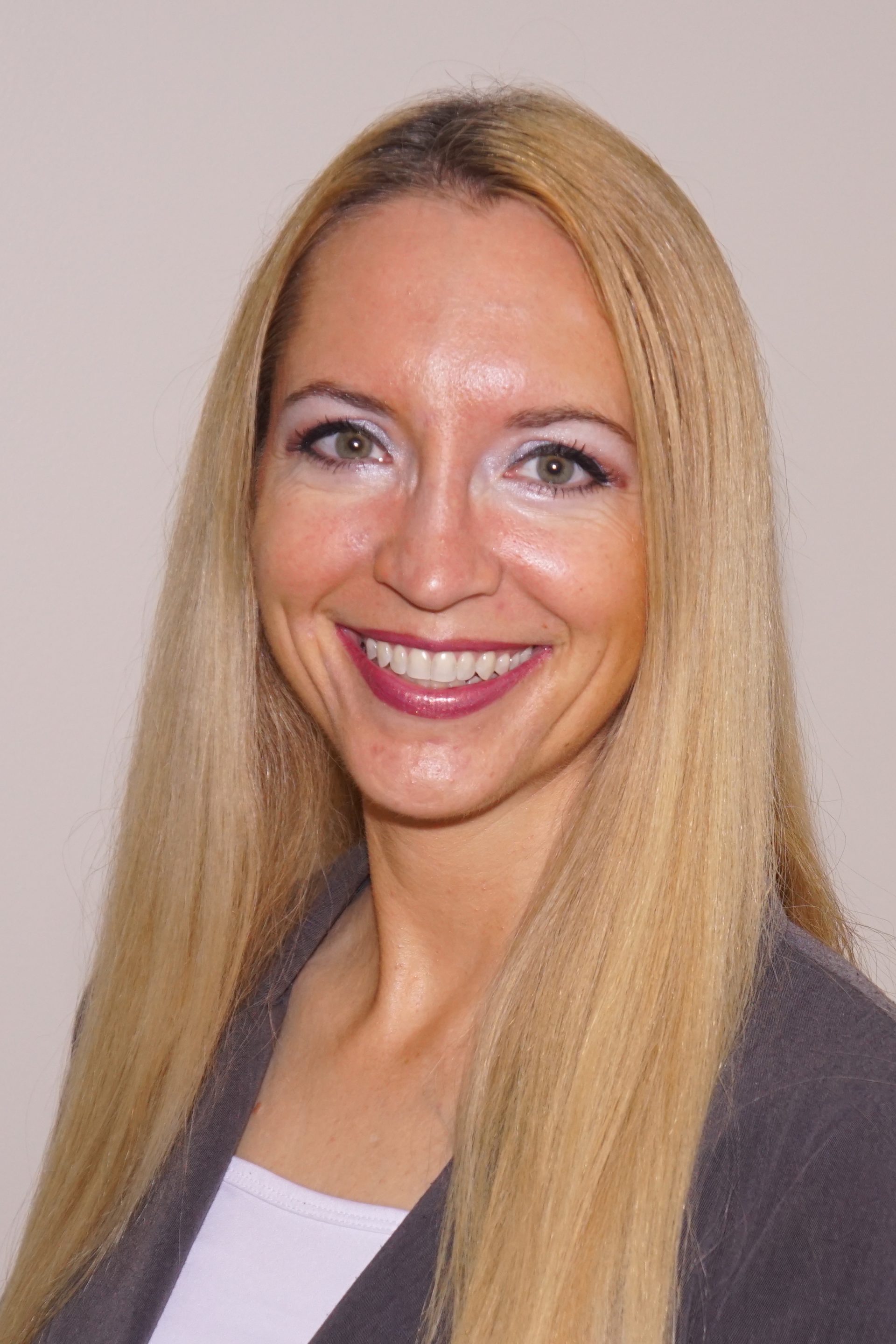After her graduation from the University of Indianapolis, Amy Schlessman ’06 ’10 (DPT, DHSc) put the University motto of “Education for Service” into practice. Often, physical therapy is not a reality for all families. The equipment, for one, is sometimes out of reach due to cost. After noticing this inequity in her field, Dr. Schlessman researched what could be done and published her first book, Recycle Bin Boogie: Move and Learn with Recyclables! which helps families practice physical therapy with items they most likely have around the house: recyclables.
“For families to afford therapy equipment and to afford when clinicians need to come into their homes, budget can be a big issue. And I discovered early on in my career that kids love boxes,” Dr. Schlessman said. “I thought, ‘Wow, what a great way to utilize some of those supplies that every family has.’” Dr. Schlessman’s version of physical therapy includes printer paper boxes, cardboard boxes, toilet paper roll tubes, paper towel tubes, and cereal boxes. She can then modify these objects so they can be used as physical therapy equipment. “A printer paper box lid can become a scooter board without wheels,” Dr. Schlessman said. Using her imagination, she put herself in the shoes of a kid to see what kind of items could be made useful and fun.
Recycle Bin Boogie also teaches basic math and comprehension skills. “I wanted it to have multiple educational concepts—math, counting, grouping, color recognition. They also learn to sort different things, like plastics and cardboard. All parents and teachers want their children to learn, but budgets can be an issue. So, by combining learning with movement, working on strength, balance, and coordination, it was a win-win.”
She also takes this way of learning across the country to speak at different schools to share with others what she’s researched, and she also teaches these concepts to the next generation of professionals in the health fields. Beyond the future generation, Dr. Schlessman also teaches adults and elderly individuals how to practice physical therapy with everyday objects. “I was asked if I could do a version of my teaching for retired individuals looking for ways to stay active in their homes,” she said. You don’t have to be a kid to want to participate in active play.
Movement in combination with learning is something that Dr. Schlessman strives to reproduce in her work as well. “It helps children to focus, and it’s been shown that combining movement with learning really helps with academic aptitude. It improves test scores, and it improves concentration and focus, which teachers are really looking for.” Since standardized test scores often decide funding for public schools, this new way of learning can affect more schools in a positive way.
Dr. Schlessman also assists in grant writing for schools so they can receive physical therapy materials and other ways to keep students active during the school day. Dr. Schlessman has helped several schools with outdoor and indoor movement equipment, so students can stay active even when they can’t go outside for recess due to weather or other restraints. “Not every child likes to play on a playground, and not every school district has the budget for a playground.” She wants to make sure activity is accessible for all children, regardless of the way they like to play and the things they like to do. She doesn’t want children to be limited by their interests or the equipment they have available.

